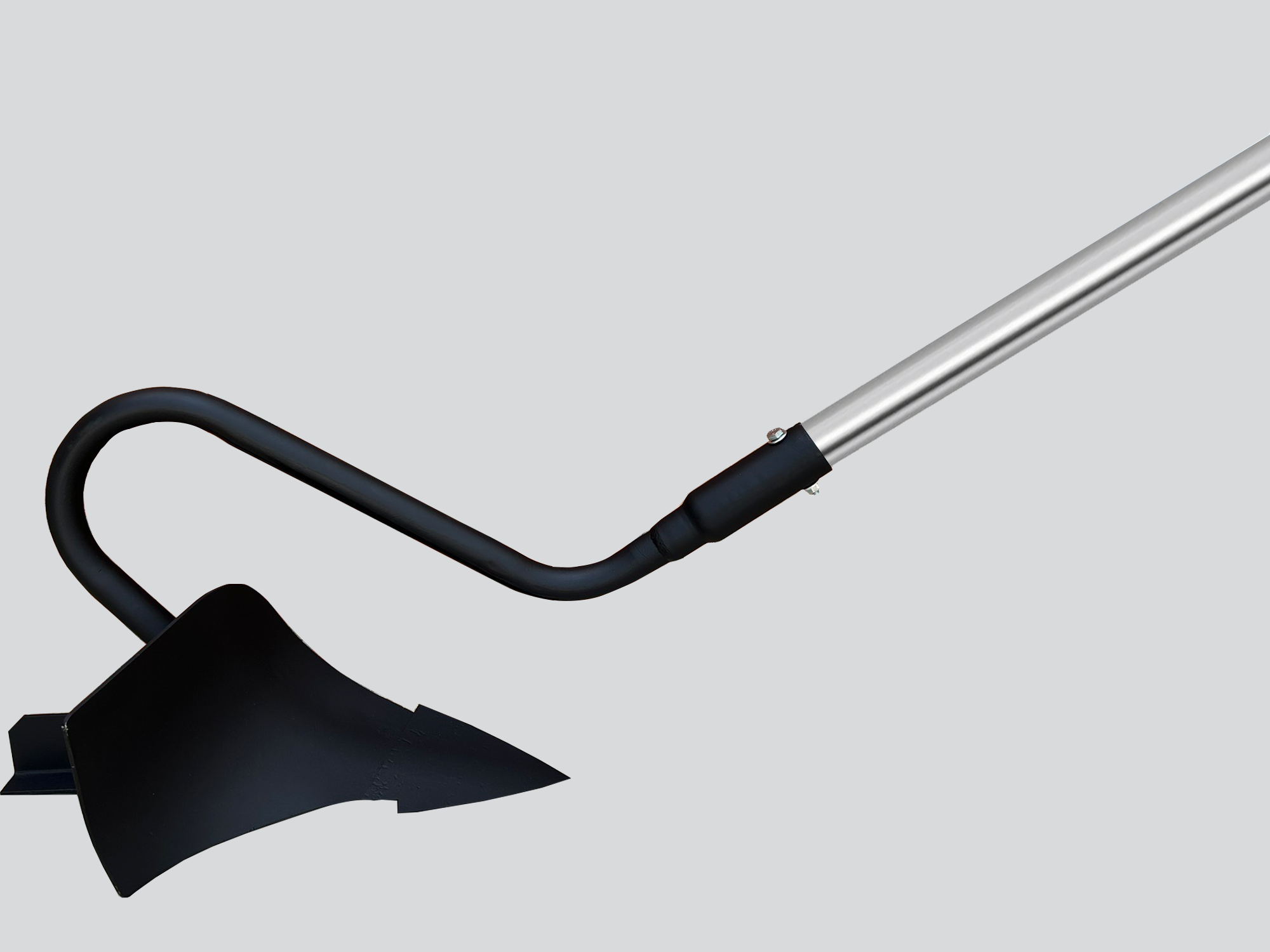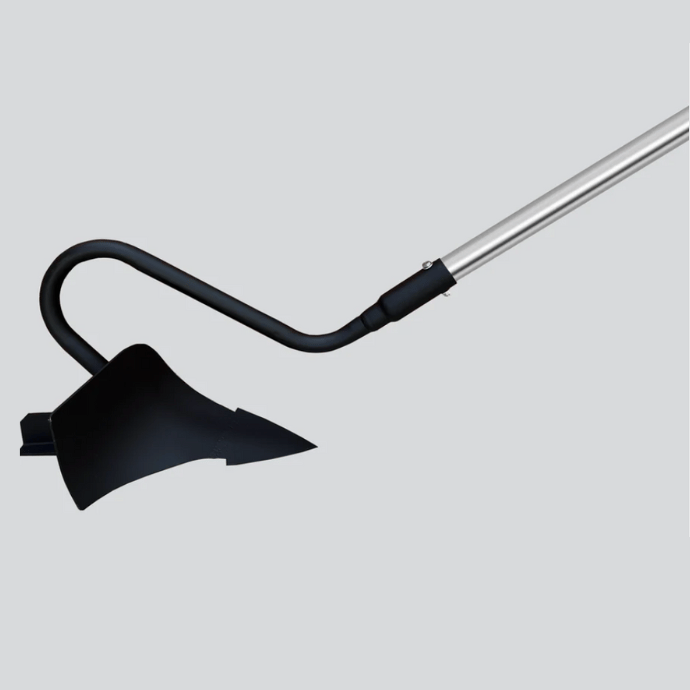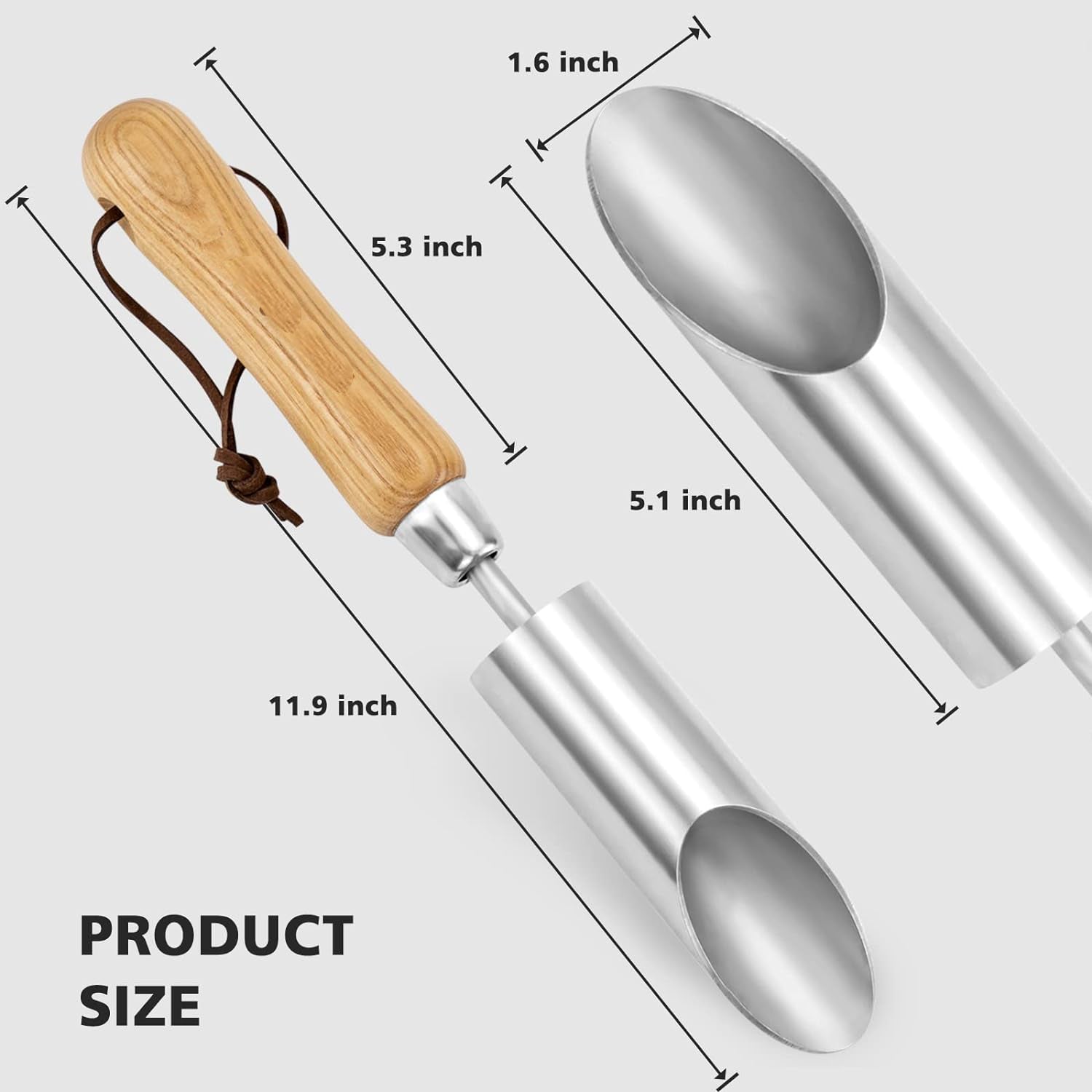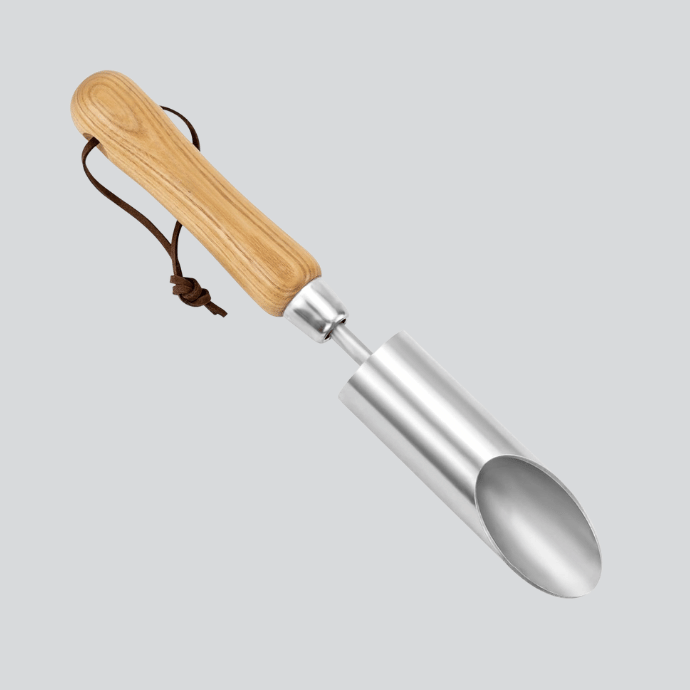Hilling plants, also known as earthing up or mounding, is a simple yet highly effective gardening technique that involves piling soil around the base of plants. This practice offers numerous advantages for both the health of your crops and the productivity of your garden. Let’s explore the benefits of hilling plants and the types of crops that thrive with this method.
Key Benefits of Hilling Plants
- Improved Drainage: By elevating the soil around the plant’s base, hilling improves drainage and prevents water from pooling around the roots. This is especially important for plants prone to root rot in soggy conditions.
- Reduced Tuber Greening: For crops like potatoes, hilling prevents tubers from being exposed to sunlight, which can cause greening and the production of harmful solanine.
- Better Root Aeration: Fluffing up the soil allows roots to access oxygen more effectively, promoting stronger and healthier root systems.
- Improved Soil Temperature: Hilling increases soil warmth, which accelerates plant growth and supports the development of crops in cooler seasons.
- Enhanced Plant Stability : The added support from the mounded soil helps stabilize plants, protecting them from wind damage and providing a secure base for healthy growth.
Crops That Benefit from Hilling
Not all plants require hilling, but for certain crops, it’s essential for optimal growth. Here are some plants that thrive with this technique:
-
Potatoes: Hilling prevents tuber greening and supports the growth of additional tubers.
-
Corn: Mounding soil around corn stalks adds stability and protects the roots from being uprooted.

-
Beans and Peas: Hilling supports climbing varieties and improves drainage around the roots.
-
Onions and Leeks: Earthing up promotes bulb development and prevents exposure to sunlight.
-
Carrots and Parsnips: Hilling prevents root exposure and encourages straight, healthy growth.
How to Hill Plants
- Begin hilling when the plants have grown a few inches tall. Use a hoe or a specialized gardening tool to mound soil gently around the base of the plant.
- Avoid covering the leaves or stems completely to prevent suffocation.
- For the most efficient and effective hilling, consider using THE DUC'S PLOW, designed specifically to make tasks like creating rows, furrows, and hilling faster and easier. Its versatile design ensures you can achieve straight, even mounds with minimal effort.
- Repeat the process as the plant grows, especially for crops like potatoes that require multiple rounds of hilling throughout the season.
Final Thoughts
Hilling is a vital gardening technique that not only improves plant health but also maximizes crop yield. By understanding which crops benefit most and incorporating hilling into your routine, you can ensure a thriving garden and enjoy the rewards of your labor. Using tools like THE DUC'S PLOW can simplify this process and enhance your gardening experience.
Happy gardening!












